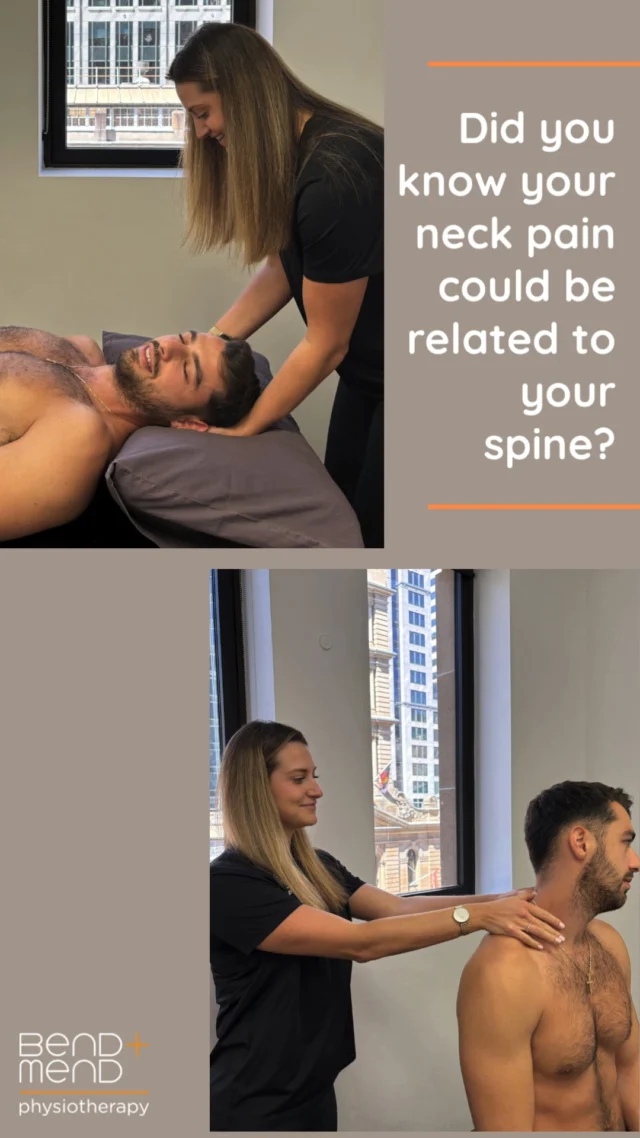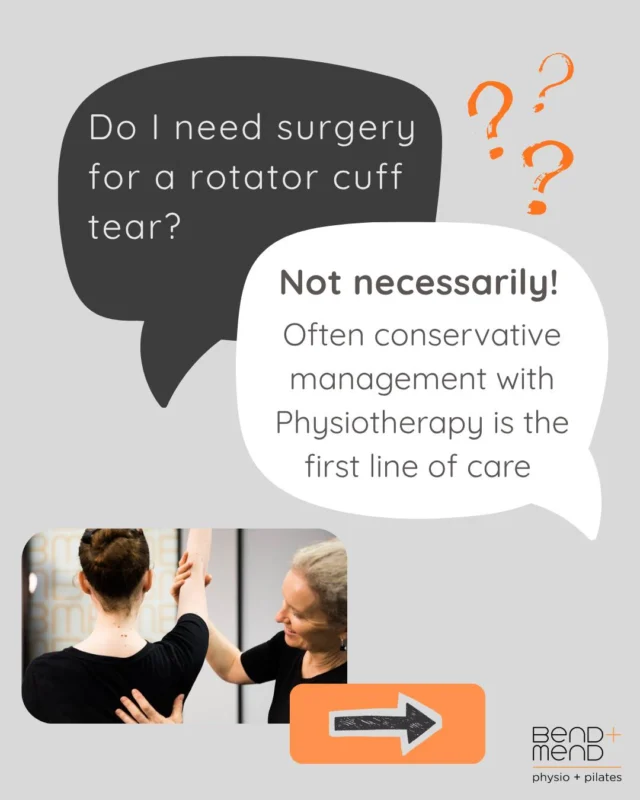A journey with your pelvic floor
Many women during perimenopause through to post menopause experience changes in their pelvic floor function. This may include increased bladder leakage, bladder urgency, bowel leakage, pelvic pain, prolapse symptoms and many other pelvic floor changes.
The transition of menopause involves a decline in oestrogen levels. This can be a sudden or gradual decline. This drop in oestrogen often results with thinning and loss of elasticity of the tissues surrounding the vulva, vagina and urethra. These changes can cause the function of your pelvic floor to become less flexible, less coordinated, as well as weakening of the muscles. Women often feel more urgency or leakage of bladder or bowel, with specific movement or not movements at all.
Furthermore, the above hormonal changes causes a reduction in lubrication of the vagina. Vaginal dryness alongside pelvic floor changes, this can subsequently cause painful intercourse.
Structural support above the pelvic floor muscles also shift during this transition. This support includes the ligaments and fascia which are above the pelvic floor and help give further support to the bladder, uterus and bowel. Reduced support can lead to prolapse which is a descent of your bladder, uterus and/or bowel causing symptoms such as ‘heaviness, dragging, pressure, lump or bulge.’
At Bend + Mend we have a Women’s Health Physiotherapist who specialises in a range of menopause related pelvic floor changes. We strongly recommend having a pelvic floor assessment to better understand specific changes to your pelvic floor options for management.





